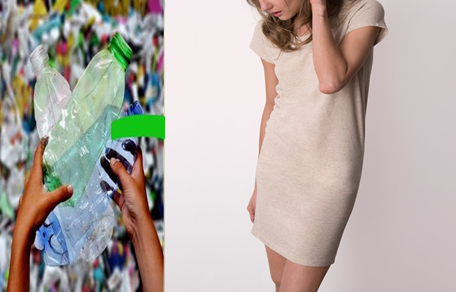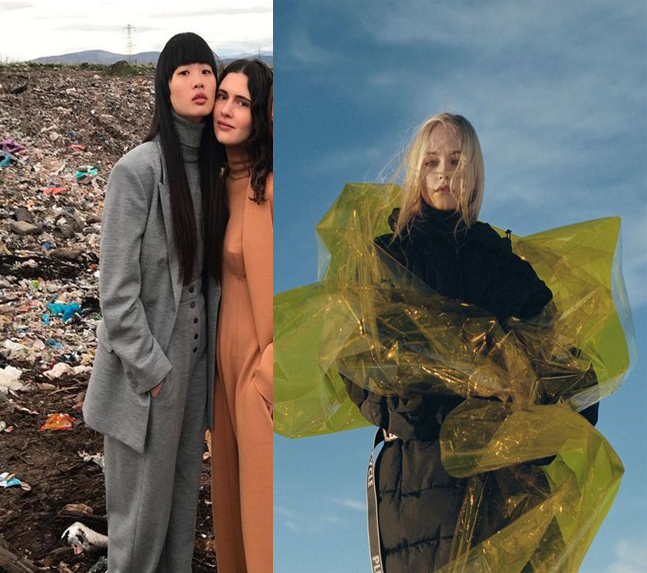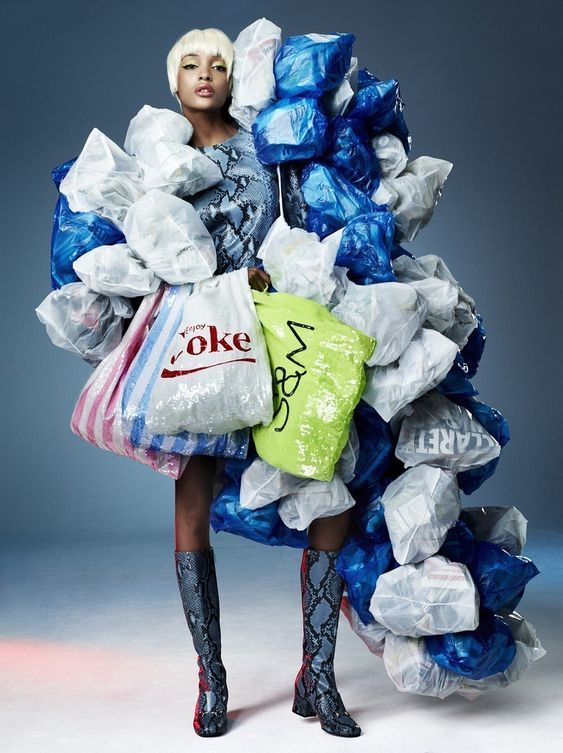Sustainable fashion came into the public foray in the late 1980s and early 1990s as well-known companies such as Patagonia and ESPRIT brought “sustainability” into their businesses. The owners of those companies at that time were outdoorsmen and witnessed the environment being degraded by increased use. They commissioned research into the impacts of fibers used in their companies. For Patagonia, this resulted in a lifecycle assessment for four fibers, cotton, wool, nylon and polyester. For ESPRIT the focus was on cotton, which represented 90% of their business at that time.


“SUSTAINABLE FASHION”
Eco Fashion
Sustainable fashion, also known as Eco fashion or ethical fashion is part of the growing trend of sustainability.Processes consider the ethical and environmental impact on the planet and other human beings from creating and manufacturing a product. Sustainable fashion aims to produce garments using fabrics that are sourced sustainably produced within an ethical process and will last longer thanks to a higher quality. The entire cycle of garment from its design to potential uses and lifespan is considered in order for it to be classified as sustainable fashion
It’s Better for the Earth Conventional cotton alone requires a third of a pound of chemicals to make just one t-shirt–and how many t-shirts do you have sitting in your drawers right now? Choosing organic fibers or sustainable fabrics–like those made from bamboo or hemp–can also trim the amount of carbon you give off and chemicals you bring into your life, and there’s no doubt that’s a good thing.
It’s better for animals making sure your closet is stocked with cruelty-free clothes means you can get dressed without worrying about what went into what you’re wearing.

Eco friendly fibres
Recycled polyester, is made from recycled plastic bottles which cuts out the need for petroleum and coal extraction. Our recycled polyester literally starts at the dump to collect plastic bottles that don’t belong in landfills. From there, the plastic bottles are shredded into flakes by a machine (that can be run on renewable energy!). Those flakes are melted down into pellets, then the pellets are extruded (think spun and pulled like taffy) into yarn. The yarn is then knitted, cut, and sewn into clothing just like any other yarn. Check out this video for the whole breakdown.
It takes about 9 bottles to make one T-shirt. All of our recycled polyester fibers are made from 100% post-consumer plastic bottles and they’re GRS Certified (Global Recycling Standard). Only 9% of the Earth’s plastic has been recycled.
This dress is made out of plastic water bottles. No joke. This brand up-cycles bottles found in the ocean, turning them into soft basic tees and dresses.

Eco-Friendly Fashion Label
Stella McCartney’s collection is, essentially, eco-fashion at its finest. The brand has always been upfront about its animal-free products and its goal to be more sustainable.

H&M CONSCIOUS:
Commitment to sustainability, H&M is one of the few fashion brands that’s making an effort to be competitive in the environmentally friendly fashion realm. When the brand’s not partnering with eco-conscious stars, like Olivia Wilde, it’s constantly packing its eco-friendly line with basics and one-off statement pieces, like this rust-colored blazer.

